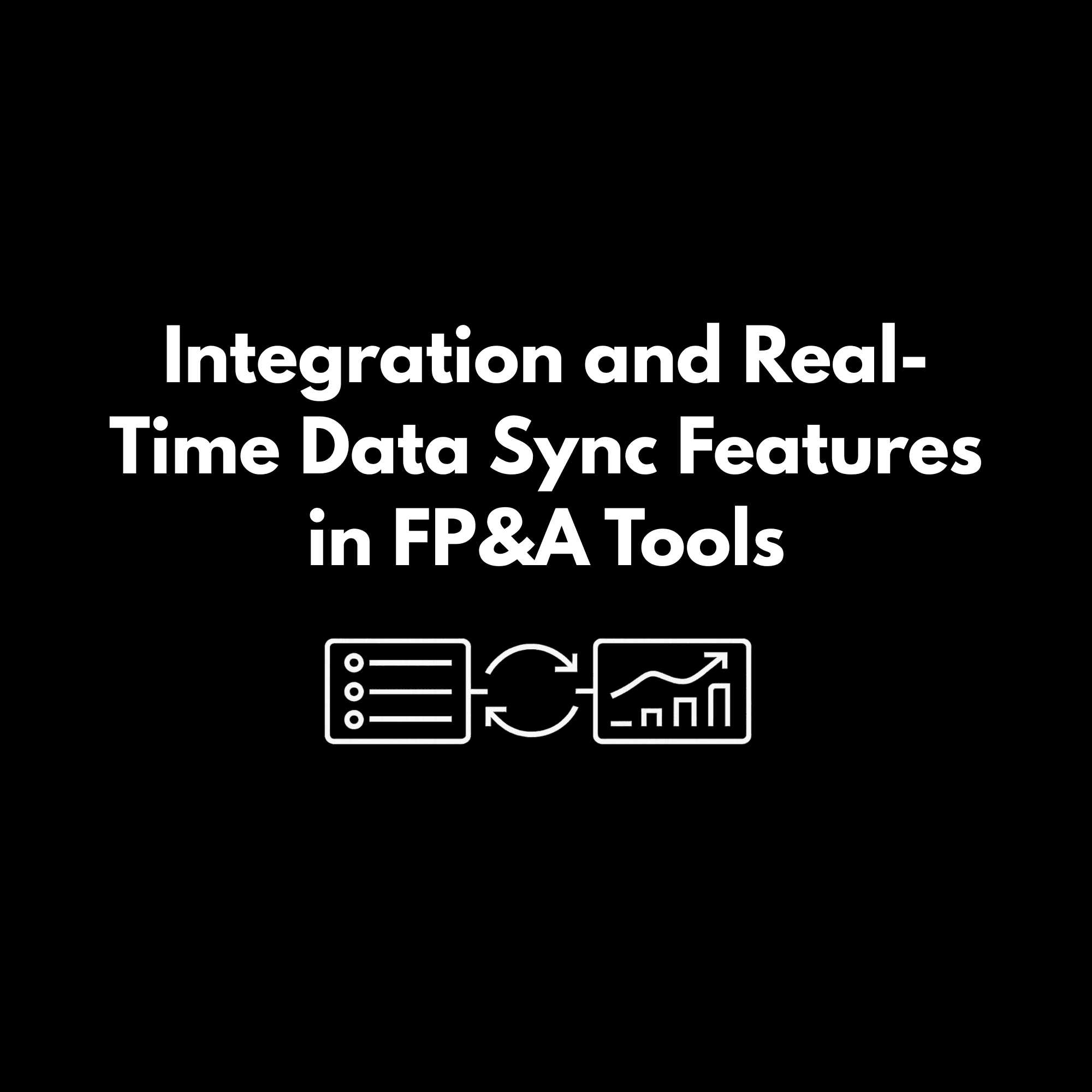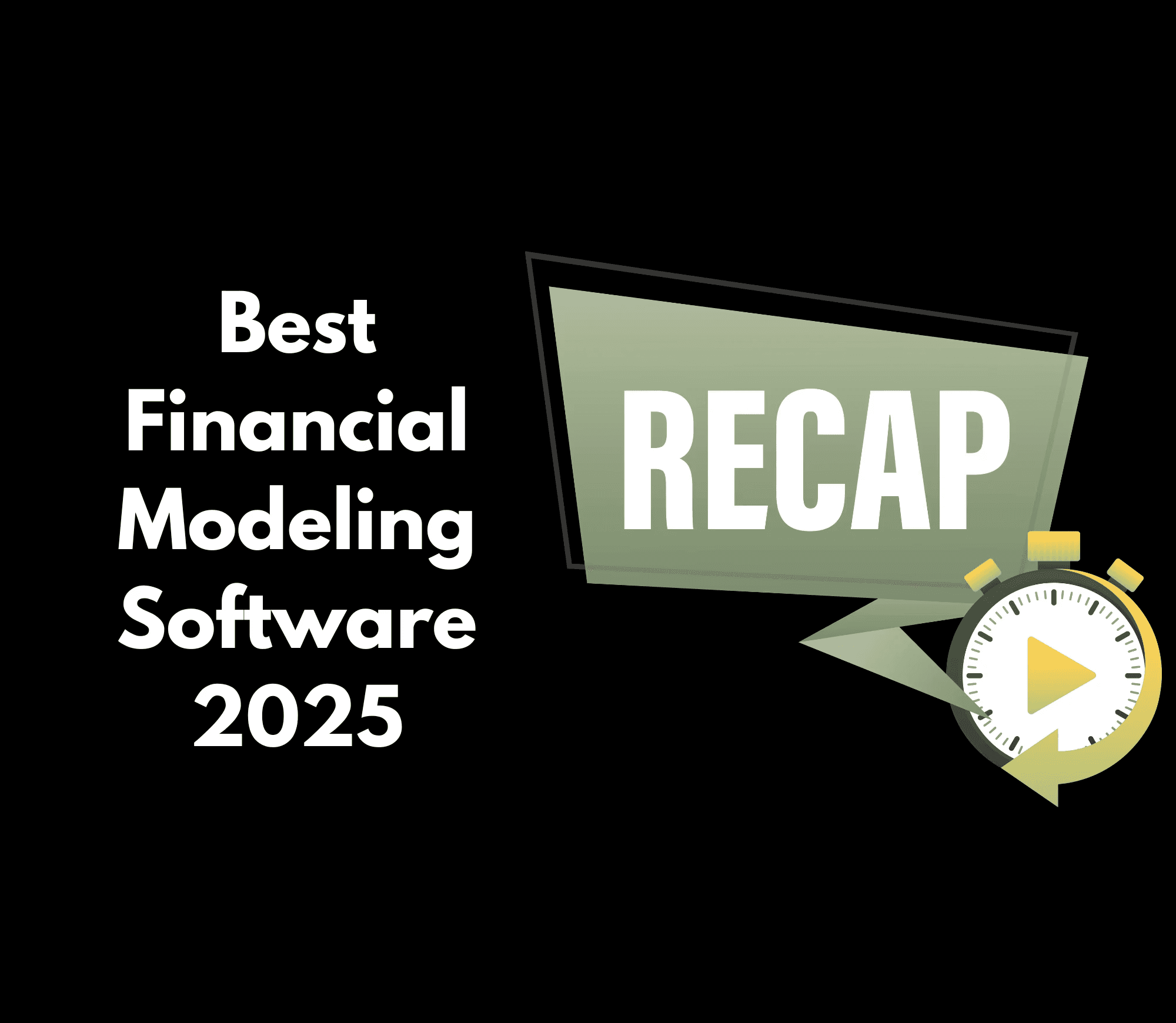Blog
Finance Advice
Does AI Make Raising a Series A Easier?
How founders can approach Series A with confidence, and why marrying storytelling with financial clarity makes all the difference when pitching to investors. Uncover powerful insights for founders navigating today’s fundraising landscape.

Renato Villanueva
CEO & Cofounder
Aug 22, 2025
There is a disconnect that many founders feel between the numbers and the story being told: Twitter headlines celebrate lightning-fast raises, while Carta data shows timelines stretching longer than ever.
“What you’re seeing is the highlight reel. The vast majority of founders have the same reaction: am I doing something wrong? What’s different? The truth is, fundraising often takes longer than it seems from the outside.” – Rich Scudellari, Partner, Penny Jar Capital
The lesson? Founders shouldn’t compare themselves to outliers. The fundraising process is nuanced, and the timeline often depends on the type of company you’re building. Know which company you are in, and act accordingly.
AI-Native vs. Non-AI Companies
One of the most relevant distinctions in today’s market is whether a company is AI-native or not.
AI-native startups can often raise with less traction because investors are betting on steepening adoption curves.
Non-AI companies face a higher bar, requiring stronger proof points and longer histories of execution.
“If you get any semblance of traction and you’re an AI-native company, there’s a willingness to believe that trajectory will increase. If you’re not, you need more proof points over a longer period of time.” – Rich Scudellari, Partner, Penny Jar Capital
Storytelling + Metrics = Fundraising Success
At Series A, investors aren’t just looking at numbers. What they are doing is evaluating whether the business has repeatable growth and whether the founder can tell a compelling story.
Storytelling is just as important as metrics:
“The A is the middle ground you need to marry your numbers with a compelling story. If there are two founders with the same business, but one knows their metrics coldly and tells a compelling story, it’s very clear who gets funded.” – Rich Scudellari, Partner, Penny Jar Capital
Founders who can connect the dots between traction, usage, and expansion inspire investor confidence. Understanding your business inside-out proves that you know the current state of the company and future projections of where you will be.
The Metrics That Matter Beyond ARR
While revenue growth is critical, Rich shared the metrics that elevate a fundraising story:
Sales cycle length — Is it shrinking over time?
Average contract value (ACV) — Are contracts growing?
Net dollar retention — Do customers expand after year one?
Implementation speed — How fast can customers go live?
These are the signals that tell investors your growth is repeatable and scalable. They become critical in painting a picture of long-term growth, signaling healthy momentum and future scalability.
AI Runs the Numbers. We Run AI.
Parallel doesn’t just help founders keep track of their finances, we reimagine the experience with AI at the core.
Traditional finance teams rely on endless spreadsheets and manual updates, spending countless hours doing what Parallel does in seconds. All of that time slows down decision-making and makes fundraising more stressful than it needs to be.
Parallel instantly flips this out-of-date model:
“The beauty of a platform like Parallel is you can run simulations so fast. This isn’t Excel. With Parallel, founders become really facile with their numbers — and that comes across as super impressive because I know they’ll be a good shepherd of my capital.”– Rich Scudellari, Partner, Penny Jar Capital
For founders, mastering the numbers isn’t just about diligence, it’s about showing investors you know your business better than anyone. Instead of guessing how sales cycle improvements or churn reduction could impact growth, founders can model outcomes in real-time. That builds confidence, not just for themselves, but in the eyes of investors.
→ Get a demo
Final Takeaway
Fundraising at Series A is about more than ARR milestones. It’s about:
Understanding where your company fits (AI-native or not).
Pairing storytelling with metrics to prove repeatability.
Running your business with financial clarity so you can answer investor questions with confidence.
As Rich reminded us, the goal isn’t to avoid mistakes, it’s to convince investors that your company has the potential to be a fund returner. And with the right financial insight, that story becomes much easier to tell.
Want to run faster, smarter fundraising processes? Parallel helps founders know their numbers cold, prepare investor-ready models, and operate with confidence.
FAQs
Can AI really speed up the fundraising process?
Yes, AI can streamline tasks like metric modeling and data analysis, helping founders present clean, investor-ready models faster.What parts of fundraising benefit most from AI?
AI is especially useful for forecasting metrics, generating scenario analyses, automating document generation, and surfacing insights from historical data.Does AI replace the need for a finance team when raising capital?
Not completely. AI augments your capabilities, but human judgment, narrative, and nuance are still critical in investor conversations.Is using AI in fundraising risky or misleading?
It can be if misused. The key is to ensure your inputs are accurate, your assumptions reasonable, and that you remain transparent about what AI is doing versus what the team is deciding.How does Parallel use AI to help founders raise a Series A?
Parallel embeds AI-driven insights into its forecasting tools, enabling real-time updates, scenario modeling, and instant reports so founders walk into fundraising ready with clarity, not chaos.

Renato Villanueva
CEO & Cofounder
From hiring to fundraising, Parallel helps startups make faster, more confident decisions with a financial forecast they trust.



